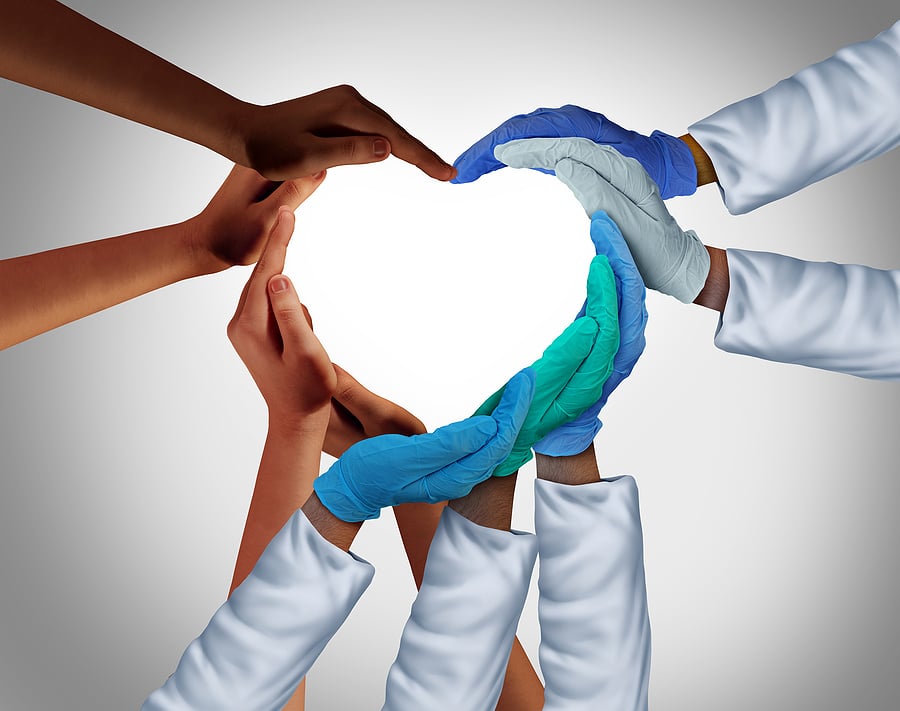Nurse practitioners (NPs) play a dynamic and ever-expanding role in the healthcare landscape. With a combination of advanced clinical skills and a holistic approach to patient care, nurse practitioners are transforming healthcare delivery and bridging the gap in access to quality medical services. In this article, we will explore the evolving role of nurse practitioners, their impact on advancing patient care, and how they are filling crucial healthcare needs to create a healthier future for all.
From Pioneers to Mainstream Providers
The role of nurse practitioners traces back to the mid-1960s when the first NP program was established. Since then, nurse practitioners have continued to grow in number and gain recognition as valuable members of the healthcare team. Originally envisioned as a solution to the shortage of primary care physicians, NPs have now become mainstream providers with diverse specializations.
Today, nurse practitioners are found in various healthcare settings, including primary care clinics, hospitals, community health centers, schools, and specialty practices. Their unique blend of clinical expertise and patient-centered approach has made them highly sought-after providers, especially in underserved areas.
Advancing Patient-Centered Care
One of the most significant contributions of nurse practitioners is their commitment to patient-centered care. With a focus on building strong patient-provider relationships, NPs take the time to understand patients’ unique healthcare needs, values, and preferences. This personalized approach allows nurse practitioners to develop comprehensive care plans that consider not just the physical aspects of health but also the emotional and social well-being of patients.
By promoting open communication and shared decision-making, nurse practitioners empower patients to actively participate in their healthcare journey. This patient-centered approach has been shown to improve patient satisfaction, treatment adherence, and overall health outcomes.
Filling the Gap in Primary Care
In many parts of the world, there is a shortage of primary care providers, especially in rural and underserved areas. Nurse practitioners have stepped in to fill this crucial gap, delivering essential primary care services to patients of all ages. With their ability to diagnose and treat a wide range of common acute and chronic conditions, NPs have become the go-to providers for many individuals seeking timely and accessible healthcare.
Moreover, nurse practitioners often collaborate with physicians and other healthcare professionals to create integrated and comprehensive care teams. This collaborative model not only ensures that patients receive the best possible care but also maximizes the efficient use of healthcare resources.
Specializations Expanding Possibilities
While nurse practitioners have traditionally focused on primary care, the field has expanded to include a wide array of specializations. NPs can now pursue advanced education and training in family practice, pediatrics, women’s health, gerontology, mental health, and acute care.
This diversification of specialties allows nurse practitioners to align their careers with their passions and interests, making their roles even more fulfilling and impactful. Specialized NPs bring focused expertise to specific patient populations, contributing to improved health outcomes and tailored care plans.
Advocates for Preventive Care and Health Promotion
As advocates for preventive care and health promotion, nurse practitioners actively promote healthy lifestyle choices and disease prevention strategies. By educating patients on preventive measures, such as vaccinations, regular health screenings, and healthy eating habits, NPs work to reduce the burden of chronic illnesses and improve overall population health.
Furthermore, nurse practitioners are instrumental in community health initiatives, engaging in health education programs and outreach activities. Their dedication to preventive care underscores the importance of proactive healthcare measures and empowers individuals to take charge of their well-being.
Conclusion
The evolving role of nurse practitioners in advancing patient care and bridging the gap in healthcare is a testament to their dedication, expertise, and commitment to improving lives. With a focus on patient-centered care, preventive health, and expanding specialization possibilities, nurse practitioners have become invaluable assets in the healthcare system.
As the demand for accessible and high-quality healthcare grows, nurse practitioners will continue to be at the forefront of healthcare innovation, ensuring that patients receive the care they need, when they need it. Their passion for patient advocacy and dedication to lifelong learning position them as leaders in transforming healthcare delivery and creating a healthier future for all.





